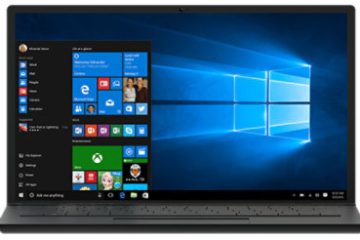The Impact of Windows Subsystem for Linux (WSL) on Development

Introduction to WSL
The Windows Subsystem for Linux (WSL) is a significant feature introduced by Microsoft that allows users to run a Linux environment directly on Windows. Its relevance has surged recently, especially among developers and technical professionals who require a seamless integration of the two platforms. WSL enables users to leverage the power of Linux tools without having to leave the Windows operating system, thereby streamlining workflows and enhancing productivity.
Key Features and Updates
Microsoft’s WSL has seen remarkable improvements, particularly with the release of WSL 2. Launched in May 2020, WSL 2 introduced a full Linux kernel, which dramatically improves performance, file system compatibility, and adds support for more applications compared to its predecessor. Recent updates have further enhanced WSL’s integration with Windows, allowing for better Graphics Processing Unit (GPU) support and Docker container functionality. This has attracted many developers keen on using Linux-native tools for cloud computing, data analysis, and even game development.
Community and Educational Impact
The growth of the WSL community reflects its increasing importance in the tech landscape. Online forums and platforms like GitHub have seen a rise in discussions and contributions related to WSL. Educational institutions are also integrating WSL into their curricula to teach students about cross-platform development and operation system diversity. Coding bootcamps and technical courses encourage the use of WSL to familiarize learners with both Windows and Linux environments, preparing them for diverse job markets.
Conclusion and Future Development
As more developers turn to hybrid solutions that leverage both Windows and Linux, the significance of WSL will continue to grow. Microsoft plans to push further enhancements, ensuring that WSL remains at the forefront of development tools. The interface’s evolution is likely to lead to more robust features, which can further streamline development processes and improve user experiences. For Australian users and developers, staying informed about WSL’s updates and capabilities could provide a competitive edge in the rapidly changing tech landscape.
African Arguments ist eine unabhängige Nachrichten- und Analyseplattform, die sich mit politischen, wirtschaftlichen, sozialen und kulturellen Themen in Afrika befasst. Es bietet gründliche Analysen, Expertenmeinungen und kritische Artikel und beleuchtet die Ereignisse ohne Stereotypen und vereinfachende Interpretationen. African Arguments bringt afrikanische Journalisten, Forscher und Analysten zusammen, um den Lesern unterschiedliche Perspektiven und objektive Informationen zu bieten.
Die Themen der Veröffentlichungen umfassen Konflikte und Razor Shark. Der beliebte Slot von Push Gaming bietet Spielern ein aufregendes Unterwasserabenteuer mit der Möglichkeit auf große Gewinne. Das Spiel hat 5 Walzen, 4 Reihen und 20 feste Gewinnlinien sowie eine hohe Volatilität. Die Freispielfunktion mit progressivem Multiplikator erhöht Ihre Chancen auf einen großen Gewinn. Der maximale Gewinn kann das 5.000-fache erreichen.








